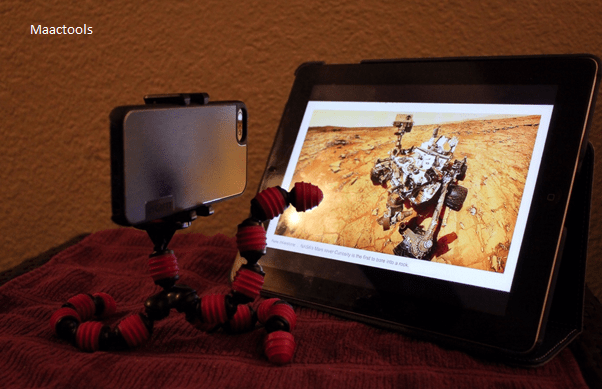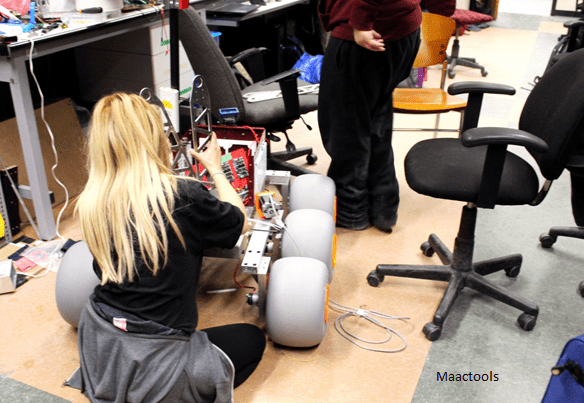NEW ERA OF EXPLORATION: NASA Perseverance rover landing


History of Mars Rovers:
In the 1960s, NASA was beginning to explore Mars from space. The first image was taken on Mars Surface in 1965 by sending orbiters like “MARKINER & VIKING” to explore the red planet. 30 years later, the first Mars Exploration Rover was launched. Finally, on July 4, 1997, the Mars “PATHFINDER & SOJOURNER”Rovers were successfully landed on Mars. It was a small 25lbs, six wheels Rover only designed in 83 Days, capturing 550 pictures and taking atmospheric measurements from the planet’s surface. In 2004 two Rovers (“SPIRIT & OPPORTUNITY”) landed at different locations. These Rovers were the size of 400lbs each and had the same mission to understand the evolution of Mars. SPIRIT’Sstopped communicating in 2010, but OPPORTUNITY lived beyond expectations. In 2012 NASA launched a technical larger Rover (CURIOSITY LAUNCHES); it’s about 2000lbs with 17 Cameras and advanced Tools and Instruments. Curiosity is still active today in searching for evidence from Mars.

Nasa Perseverance Rover Landing:
NASA Perseverance Landing on Red Planet:
In 2020 the Rover PERSEVERANCElaunched, which successfully landed on Mars on 18, 2, 2021. It has most similarities like Curiosity but upgrades like cameras capabilities with 23 cameras, payload instruments, microphones, and drills for collecting rocks samples. The Rover can also conduct Oxygen making experiments. A mini-helicopter named Ingenuity hits ride with Perseverance and takes its first test flight on the Mars atmosphere on April 19, 2021.
Nasa Perseverance Rover Landing:
Mission Overview:
Search for Ancient Life on Mars:
NASA Perseverance landing has four main Science Objectives:
The major goal of the NASA Perseverance landing is to investigate, Astrobiology on Mars to address the question of whether life ever existed on Mars.
- SAMPLE CACHING: Perseverance Rover collects samples of “Rocks and Soil” and stores them on Mars’s surface.
- SEEKING BIOSIGNATURES: Seeking the signs of past life on the Martian surface inhabitable environments is the main mission of the Rover landing. Explore the Martian surface for signs of previous and present life on the planet
- LOOKING FOR HABITABILITY: Identify the environment that is capable of supporting past microbial life.
- PREPARATION FOR HUMANS: Future science goal relates to sending humans to Mars in the 2030s.

Nasa Mars Rover Perseverance Design:
The Perseverance Rover starts with a similar design to Curiosity and adds a whole new set of science instruments. Scientists purposefully selected these instruments to help in search of Biosignatures. For the first time, Rover contains Microphones that search for human sounds on another planet. One of the major amends that Perseverance has from Curiosity is that it can soft drive for a distance of up to 200meters for a day once it starts its scientific exploration. So as the Rover is going, it’s building the MAP of the road it is driving on.
View Of The Red Planet Like Never Before With NASA’s Perseverance Rover:
NASA Mars Rover Perseverance fit up with a total of 23 cameras, each of which captures a different view, from close-ups to wide-angle and panoramic views. NASA’s Perseverance rover is a six-wheeled robotic explorer with two instruments that often work in tandem that is SuperCamand Mastcam-Z.
SuperCam includes the RMI (Remote Micro-Imager), which can zoom in on features from more than a mile away, capturing a closer look. Mastcam-Z has a powerful zoom lens and can capture color images-high-definition video-and stereo images.
What Is NASA Perseverance’s Rover Current Location?
Using NASA’s interactive Rover map, you can track where the Perseverance rover is now. It uses live data to plot Perseverance’s journey around Jezero Crater (45km-wide).